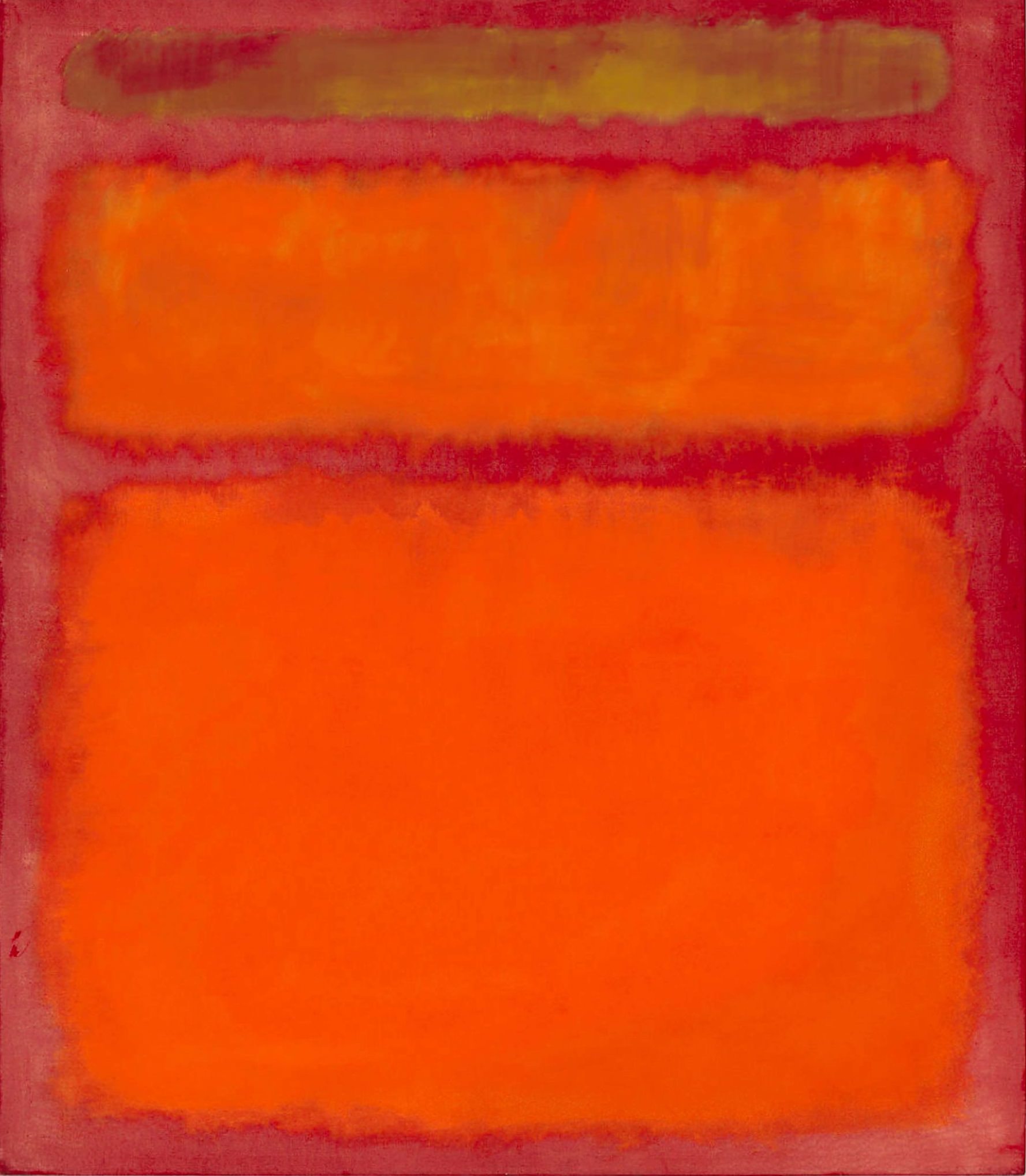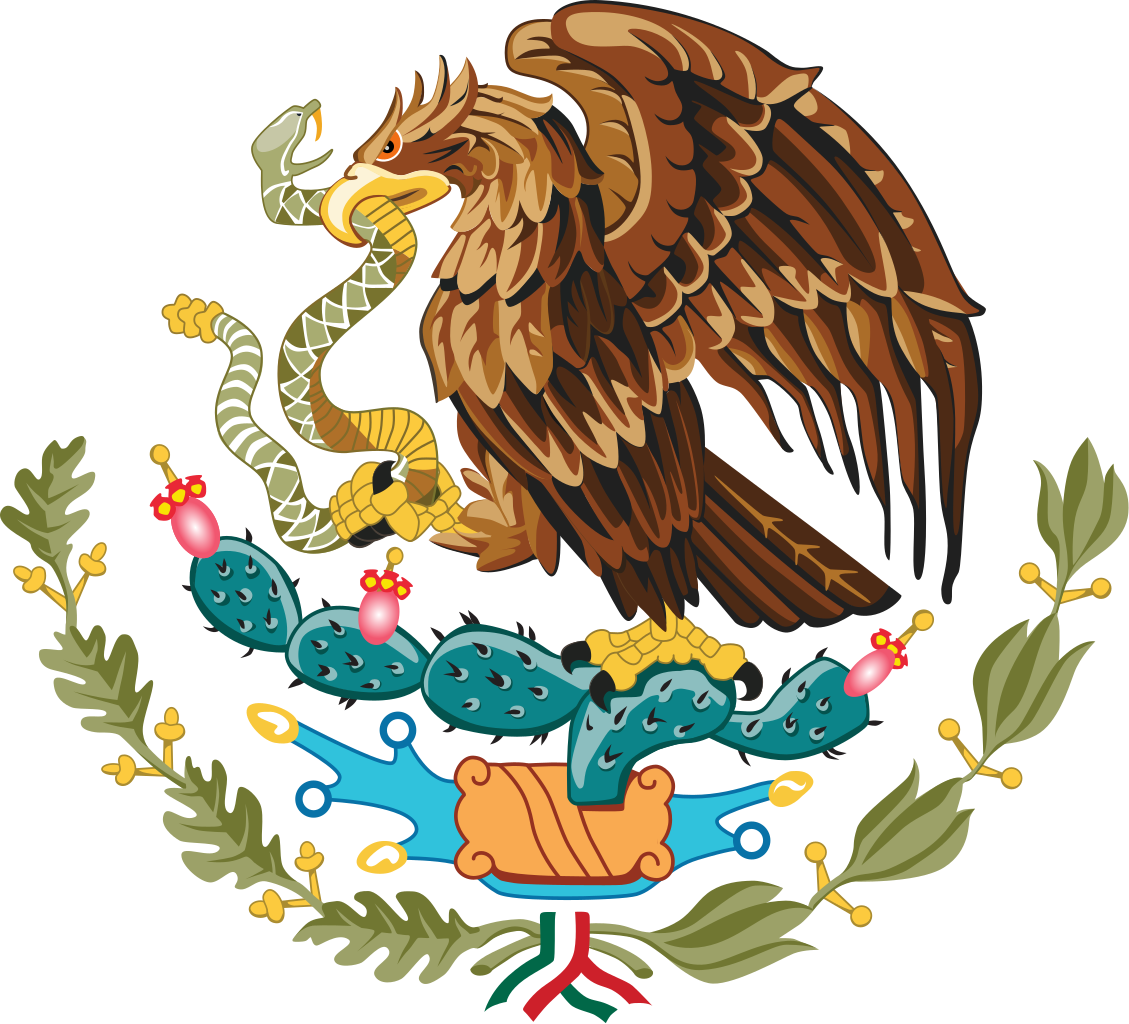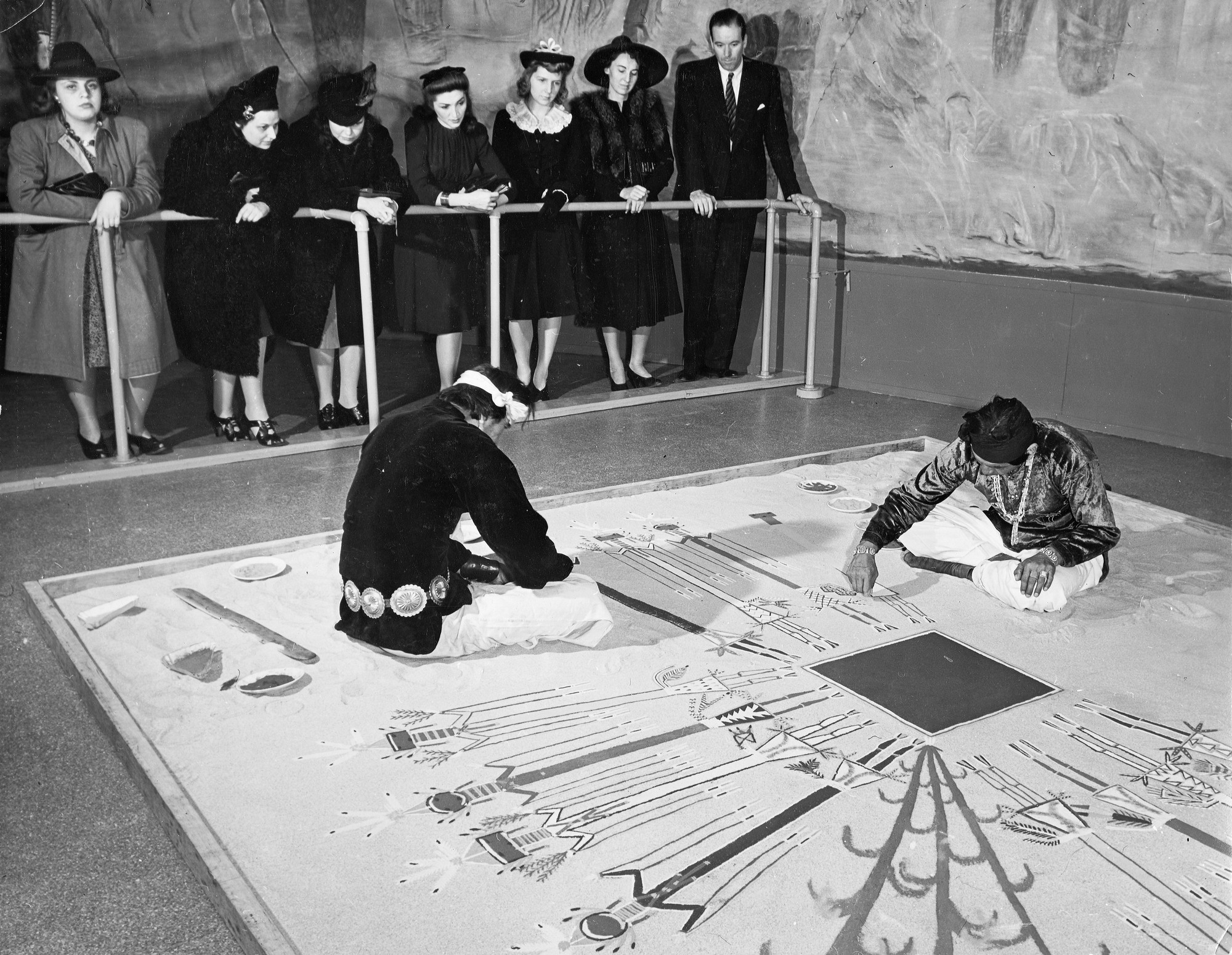Unit 3:
Multiculturalism & Globalization in Art
ARTH 212, Art History 2
Prof. Morgan
Modernism
to Postmodernity
Worldviews of the 20th-21st Centuries






Worldviews of the 20th-21st Centuries



Worldviews of the 20th-21st Centuries



Worldviews of the 20th-21st Centuries
-
Ways of Seeing: Cubism to Surrealism
-
Futurism vs. Dada
-
Sartre, Greenberg, & Expressionism
Topics to Cover:



Worldviews of the 20th-21st Centuries
An Overview of 'Modernism'
Ways of Seeing:
Cubism to Surrealism





Composition VIII (The Cow)
Teo van Doesburg | 1917 CE | Oil on canvas
-Theo van Doesburg
Principles of Neo-Plastic Art, 1919 CE

The visual artist can leave the repetition of stories, fairy-tales, etc., to poets and writers.
The only way in which visual art can be developed and deployed is by revaluing and purifying the formative means.
Painterly means are:
colors, forms, lines & planes.

The Elementary Means of Expression in Painting
Theo van Doesburg | c. 1915

Fundamental Elements of Painting
Theo van Doesburg
1922
Tableau I
Piet Mondrian
1921 CE
Oil on canvas

Grey Tree
Piet Mondrian | 1911 CE | Oil on canvas

Composition with Red, Blue, and Yellow
Piet Mondrian | 1930 CE | Oil on canvas



van Doesburg
Mondrian
Les Demoiselles d’Avignon
Pablo Picasso
1907 CE
Oil on canvas

Gertrude Stein
Pablo Picasso
1906–1907 CE
Oil on canvas


Houses at l'Estaque
Georges Braque
1908 CE
Oil on canvas

Violin & Palette
Georges Braque
1908 CE
Oil on Canvas

Years of research had proved that closed form did not permit an expression sufficient for the two artists' aims. Closed form accepts objects as contained by their own surfaces, i.e., the skin; it then endeavors to represent this closed body, and, since no object is visible without light, to paint this 'skin' as the contact point between the body & light where both merge into color.
This chiaroscuro can provide only an illusion of the form of objects.
In the actual three dimensional world the object is there to be touched even after light is eliminated.
Thus the painters of the Renaissance, using the closed form method, endeavored to give the illusion of form by painting light as color on the surface of objects. It was never more than 'illusion.'
—Daniel-Henry Kahnweiler, The Rise of Cubism, 1949
The Portuguese
Georges Braque
1911 CE
Oil on canvas

Still Life with Chair-Caning
Pablo Picasso
1912 CE | Oil and oilcloth on canvas


Violon
Pablo Picasso
1911-1912 CE
Oil on canvas
The Persistence of Memory
Salvador Dalí
1931 CE | Oil on canvas

Exploring Surrealism
Painting
Joan Miró
1933 CE | Oil on canvas

Object (Le Déjeuner en fourrure, or Fur-Covered Teacup)
Meret Oppenheim
1936 CE | Fur-covered cup

The Son of Man
René Magritte
1964 C
Oil on canvas

Golconda
René Magritte | 1953 CE | Oil on canvas

Magritte was fascinated by the seductiveness of images.
—Charly Herscovici, 2007 CE
Ordinarily, you see a picture of something and you believe in it, you are seduced by it; you take its honesty for granted.
But Magritte knew that representations of things can lie.
These images of men aren't men, just pictures of them, so they don't have to follow any rules.
This painting is fun, but it also makes us aware of the falsity of representation.

The Treachery (or Perfidy) of Images
René Magritte
1928–1929 CE | Oil on canvas

"The famous pipe. How people reproached me for it!
And yet, could you stuff my pipe?
No, it's just a representation, is it not?
So if I had written on my picture "This is a pipe",
I'd have been lying!"
—Magritte
Surrealism & Meaning
Futurism vs. Dada
Futurism in Art
1. We intend to sing to the love of danger, the habit of energy and fearlessness.
From The Futurist Manifesto, 1909, by Filippo Marinetti:
2. Courage, boldness, and rebelliousness will be the essential elements of our poetry.
3. Up to now literature has exalted contemplative stillness, ecstasy, and sleep. We intend to exalt movement and aggression, feverish insomnia, the racer’s stride, the mortal leap, the slap and the punch...
4. We affirm that the beauty of the world has been enriched by a new form of beauty: the beauty of speed. A racing car with a hood that glistens with large pipes resembling a serpent with explosive breath [...] a roaring automobile that seems to ride on grapeshot — that is more beautiful than the Victory of Samothrace.
Dynamism of a Dog on a Leash
Giacomo Balla
1912 CE | Oil on canvas

Unique Forms of Continuity in Space
Umberto Boccioni
1913 CE (cast 1931 CE)
Bronze

The City Rises
Umberto Boccioni | 1910 CE | Oil on canvas

Armored Train
Gino Severini
1915 CE
Oil on canvas

L.H.O.O.Q.
Marcel Duchamp
1919 CE

Pencil on paper color reproduction of Leonardo da Vinci’s Mona Lisa
Bicycle Wheel (Third Version)
Marcel Duchamp
1952 CE (Orig. 1913; 2nd ver. 1916-17)
Found objects

I enjoyed looking at it, just as I enjoy looking at the flames dancing in the fireplace.
-Marcel Duchamp
Nude Descending a Staircase, No. 2
Marcel Duchamp
1912 CE
Oil on canvas

Brief Overview of Marcel Duchamp
Fountain
Marcel Duchamp
1917 CE
Porcelain

No, not rejected. A work can't be rejected by the Independents.
It was simply suppressed.
-Marcel Duchamp, 1971
I was on the jury, but I wasn't consulted, because the officials didn't know that it was I who had sent it in; I had written the name "Mutt" on it to avoid connection with the personal.
The Fountain was simply placed behind a partition and, for the duration of the exhibition, I didn't know where it was. I couldn't say that I had sent the thing, but I think the organizers knew it through gossip.
No one dared mention it. I had a falling out with them, and retired from the organization.
He chose it.
From The Richard Mutt Case, 1917 CE:
He took an ordinary article of life, placed it so that its useful significance disappeared under the new title and point of view – created a new thought for that object.
Whether Mr. Mutt with his own hands made the fountain or not has no importance.
Fountain, (second version)
Marcel Duchamp
1950 CE
Porcelain


1964 replica of Duchamp's sculpture
Sold in 1999 at Sotheby's auction house to the Tate Britain museum...
...for $1.7 million
That's equal to $3.3 million in 2025.
Interview with Martin Creed, Conceptual Artist
Intro to Postmodernism
Sartre, Greenberg, & Expressionism
20th Century Existentialism
Man Pointing (no. 5 of 6)
Alberto Giacometti
1947 CE
Bronze

Works from Giacometti's 2017 Retrospective at Tate Modern
The less you eat, drink & buy books; the less you go to the theatre, the dance hall, the public house; the less you think, love, theorise, sing, paint, fence, etc., the more you save – the greater becomes your treasure which neither moths nor rust will devour – your capital.

-Karl Marx, Economic and Philosophical Manuscripts, 1844
The less you are, the less you express your own life, the more you have, i.e., the greater is your alienated life, the greater is the store of your estranged being.
Painting
Francis Bacon
1946 CE
Oil and pastel on linen

Figure with Meat
Francis Bacon
1945 CE
Oil on canvas


Portrait of Innocent X
Diego Velasquez | c. 1650 CE
Vir Heroicus Sublimis
Barnett Newman
1950–1951 CE
Oil on canvas

Untitled
Barnett Newman | 1945 CE | Oil on canvas

Two Edges
Barnett Newman
1948 CE
Oil on canvas

Untitled
Barnett Newman
1948 CE
Oil on canvas

Onement I
Barnett Newman
1948 CE
Oil on canvas

Number 1, 1950 (Lavender Mist)
Jackson Pollock | 1950 CE | Oil, enamel, and aluminum paint on canvas

The Seasons
Lee Krasner
1957 CE
Oil and house paint on canvas

The Bay
Hellen Frankenthaler | 1963 CE | Acrylic on canvas




Greenberg & Expressionist Hype
No. 30 (Autumn Rhythm)
Jackson Pollock
1950 CE | Enamel paint on canvas

No. 14
Mark Rothko
1961 CE
Oil on canvas

Mark Rothko
No. 12
Mark Rothko
1954 CE
Oil on canvas


I'm interested only in expressing basic human emotions—tragedy, ecstasy, doom, and so on.
The fact that a lot of people
break down and cry
when confronted with my pictures shows that I can communicate those basic human emotions.
If you…are moved only by their color relationships, then
you miss the point.
I'm not an abstractionist. I'm not interested in therelationship of color or form or anything else.
Orange, Red, Yellow
Mark Rothko
1961 CE
Acrylic on canvas

Rothko Chapel
Mark Rothko | 1964-1971 CE

Broken Obelisk
Barnett Newman | Rothko Chapel, Houston, TX | 1971 CE | Bronze

End of Unit 3
Native American Cultures
Native American Cultures

-
The Survival of Aztec Culture through Art
-
The Overlooked Complexity of
Native North America
Topics to Cover:


Central American Cultures
North American Cultures

The Black Legend, Native Americans, & Spaniards
The Survival of Aztec Culture through Art
Intro to the Aztec Empire
Mictlantecuhtli and Quetzalcoatl, folio 56 of the Borgia Codex
from Puebla or Tlaxcala, Mexico | c. 1400–1500 CE | Mineral and vegetable pigments on deerskin

The founding of Tenochtitlán,
folio 2 recto of the Codex Mendoza
1541–1542 CE
Ink and color on paper


Modern State Seal of the
United Mexican States
Reconstruction drawing with cutaway view of various "re-buildings" of the Great Temple
Tenochtitlan, Mexico City, Mexico
c. 1400-1500 CE

Reconstruction of the Great Temple Complex


Reconstruction of the Great Temple
Coatlicue
from Tenochtitlán, Mexico City, Mexico
ca. 1487–1520 CE
Andesite

Artist's Rendering of Coatlicue

Cortes & the Fall of the Aztec
Reclaiming Native American Art
Aztec Street Art
The Overlooked Complexity of
Native North America
Katsina Figurine
Otto Pentewa
Hopi, New Oraibi, Arizona
carved before 1959 CE
Cottonwood root and feathers

Reconstruction of a 19th century Haida Village with Totem Poles
Bill Reid (Haida), assisted by Doug Kranmer (Kwakiutl)
Queen Charlotte Island, Canada | 1962 CE

The Raven and the First Men
Bill Reid | Haida | 1978–1980 CE | Yellow cedar

Buffalo Hide Robe with Battle Scene
Mandan, from the upper Missouri River, North Dakota | c. 1800 CE
Buffalo hide with deerskin fringe, porcupine quills, and mineral pigments

The Role of Nature for Many Native American Cultures
Home of the Bear & Snake
Traditional Navajo Composition | Colored sand on earth

Coyote Stealing Fire
Traditional Navajo Composition | Colored sand on earth

Monster Slayer
Traditional Navajo Composition | Colored sand on earth

Navajo Medicine Men Making Sand Paintings


Navajo Tribal Members Making a Large Sand Painting
c. 1940 CE


A Conversation With Native Americans on Race
Africa
Africa in the Early 21st Century

-
Performative Art in Africa
-
Mask Making
Topics to Cover:

Film: Decolonizing African Art
Performative Art
in Africa
Senufo Masquerader
Cote d’Ivoire | photographed c. 1980-1990 CE

Samburu Men & Women Dancing
Northern Kenya | photographed in 1973 CE

Gelede Ritual Performances
Mask Making
Wara Headdress
Bamana, from the Bamako region of Mali
Late 19th or early 20th century CE
Wood, metal bands, and thread

The Making of West African Masks
Kponyungo "Helmet” Dance Mask
Senufo, Côte d’Ivoire| 19th to mid-20th century CE | Wood
Dance mask in use

Kpeliye'e "Beautiful Lady” Dance Mask
Senufo, Côte d’Ivoire
Late 20th century CE
Wood



Examples of Traditional Scarification
D’mba Mask
Baga, Guinea
Late 19th or early 20th cent. CE
Wood and brass

Ngady Amwaash mask
Kuba, Democratic Republic of Congo
Late 19th or early 20th cent. CE
Wood, beads, shells, & fabric

Bwoom Masquerader
Kuba, Democratic Republic of Congo
photographed c. 1950 CE
Wood, beads, shells, feathers, & fabric

Satimbe Masquerader
Mid- to late 20th cent. CE
Wood, pigment, cord, & feathers
